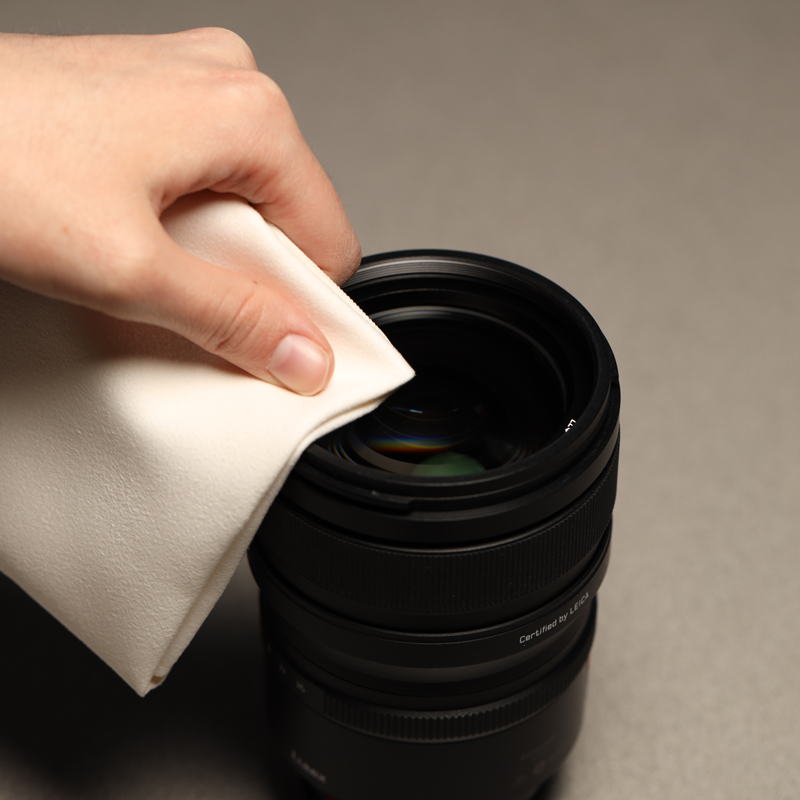Whether you’re worried about germs or just want to give your digital imaging equipment a good spring cleaning, here are some good guidelines to follow:
- Whatever device you’re working on, make sure it’s turned off, batteries are removed, and it’s unplugged from any power source.
- Wear protective rubber gloves, if available. Make sure you are cleaning your gear in a properly ventilated area, away from any potential fire hazards.
- Either purchase pre-moistened cleaning cloths specially designed for cameras and lenses, or use a clean, soft cloth with 70% to 80% diluted ethanol or isopropyl alcohol. You might want to consider purchasing a lens cloth, one that has been specially designed to minimize lint.
- Apply the solution only to the cloth—never put liquid directly on the equipment. Do not use this solution on image sensors or any lens surfaces that have been treated with a special coating—it could cause damage. You can clean this equipment on your own, but it does require some specialty equipment, and a willingness to absolutely follow the rules! If you’re getting a lot of dust spots, come into the store for a professional sensor cleaning.
- Allow all surfaces to dry thoroughly before using your gear again.
- Be sure to properly dispose of gloves and cloths, and use caution when storing any leftover cleaning solution—make sure to follow all manufacturer’s guidelines for proper storage.
In addition to these deep clean guidelines, it’s also a good idea to regularly clean areas of your equipment that are regularly touched—like buttons, dials and grips.
And never use hazardous solvents, such as paint thinner or nail polish remover to clean your gear! If it’s that dirty, it’s probably time to take it to a professional.

